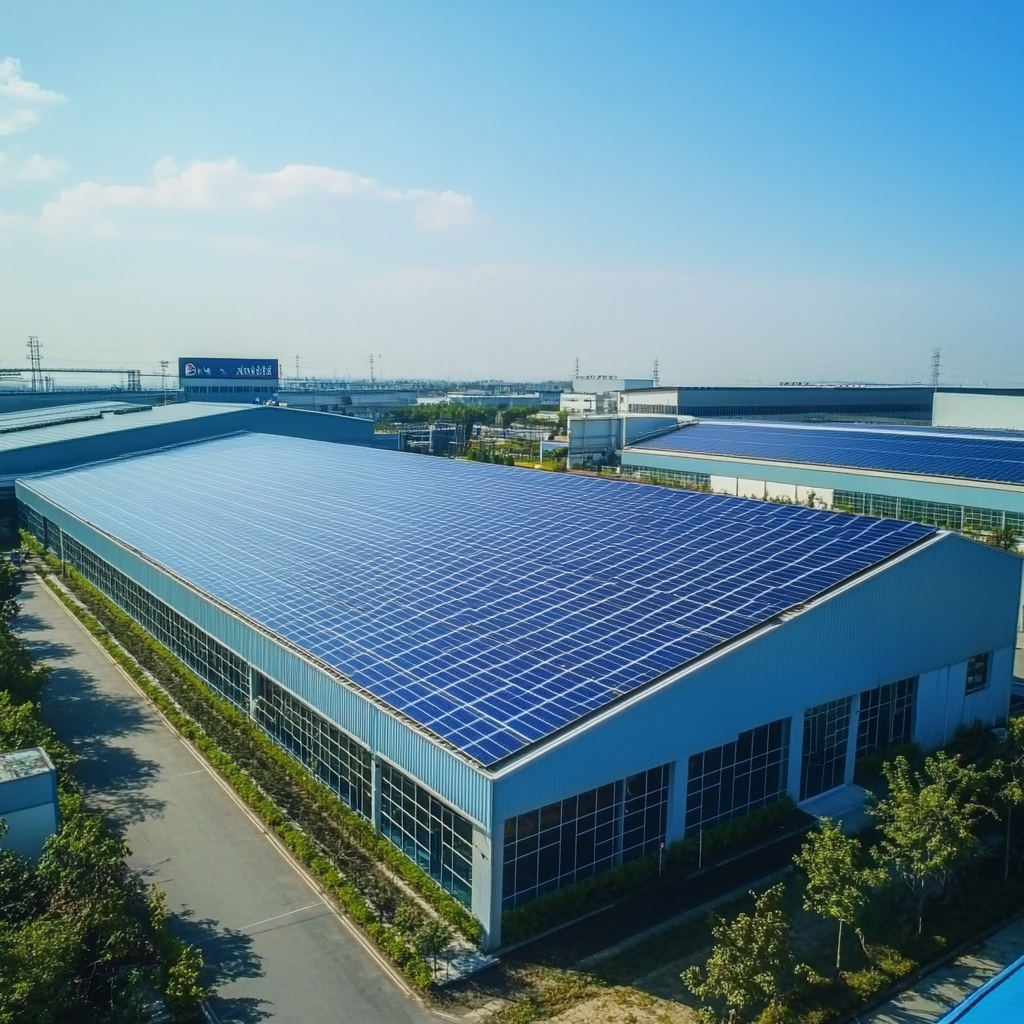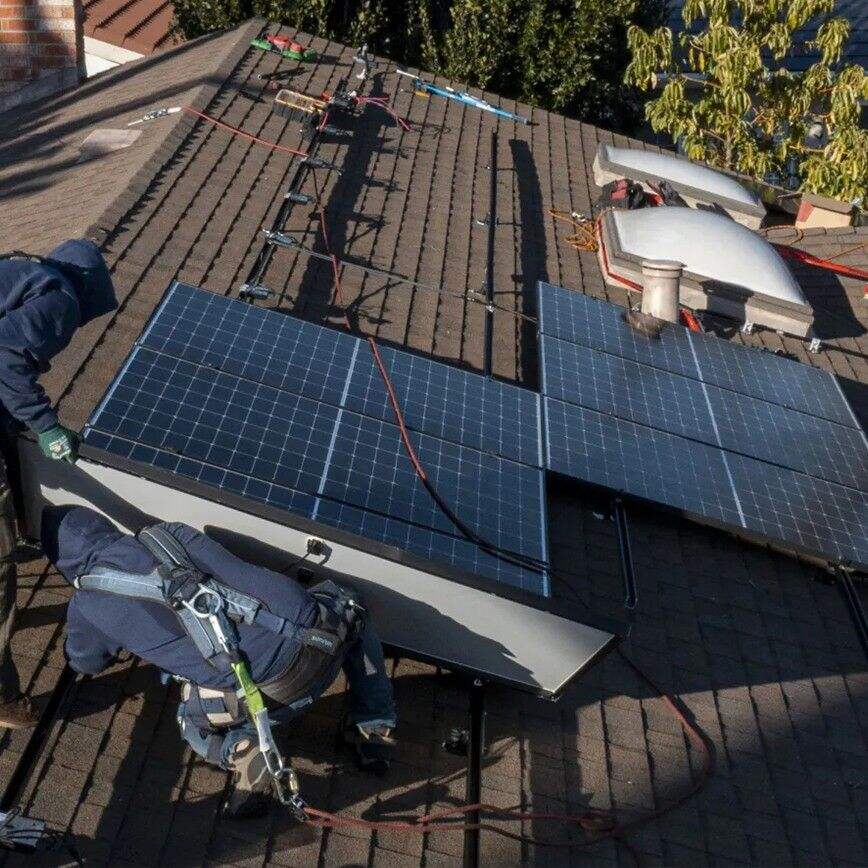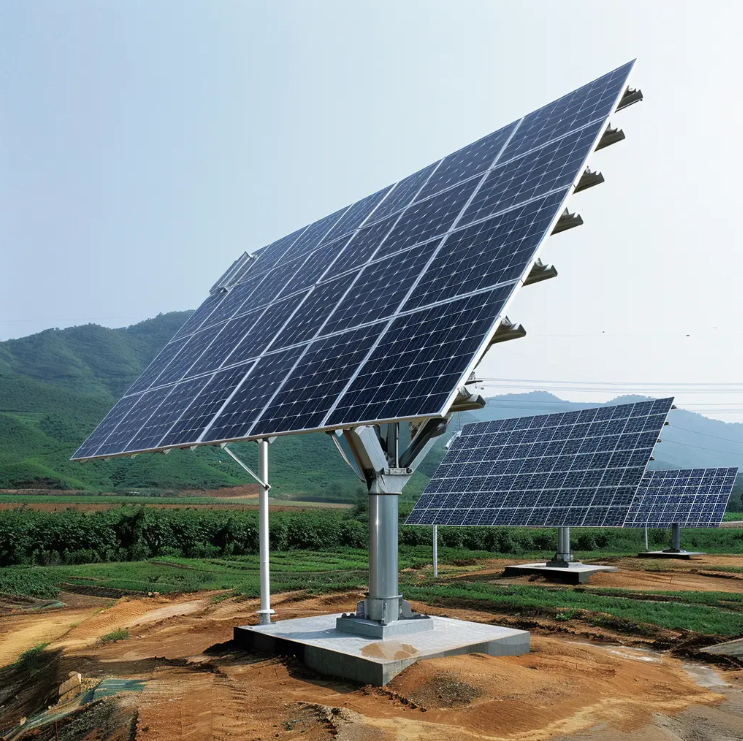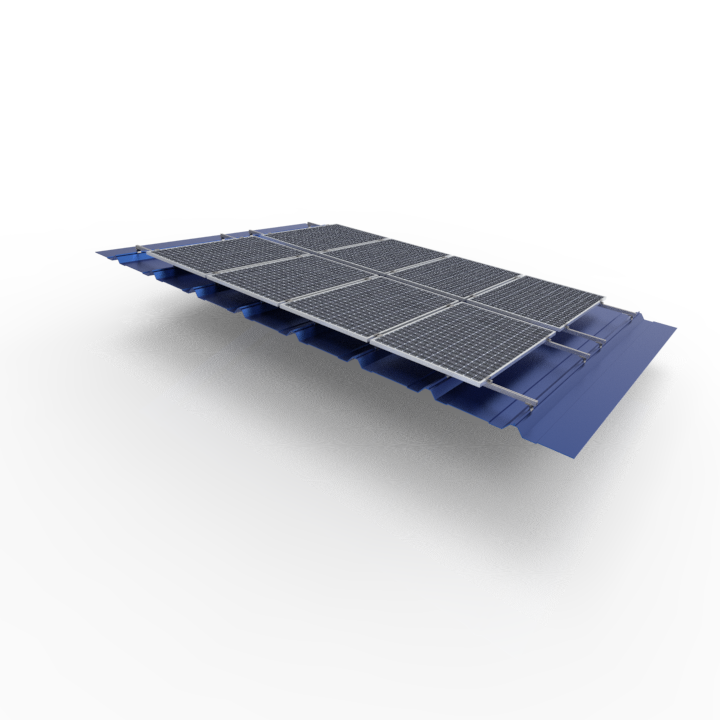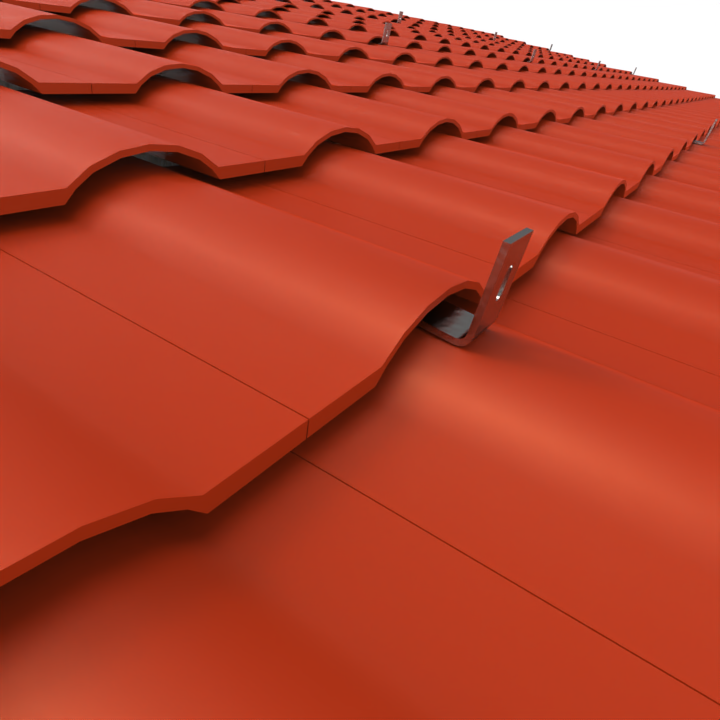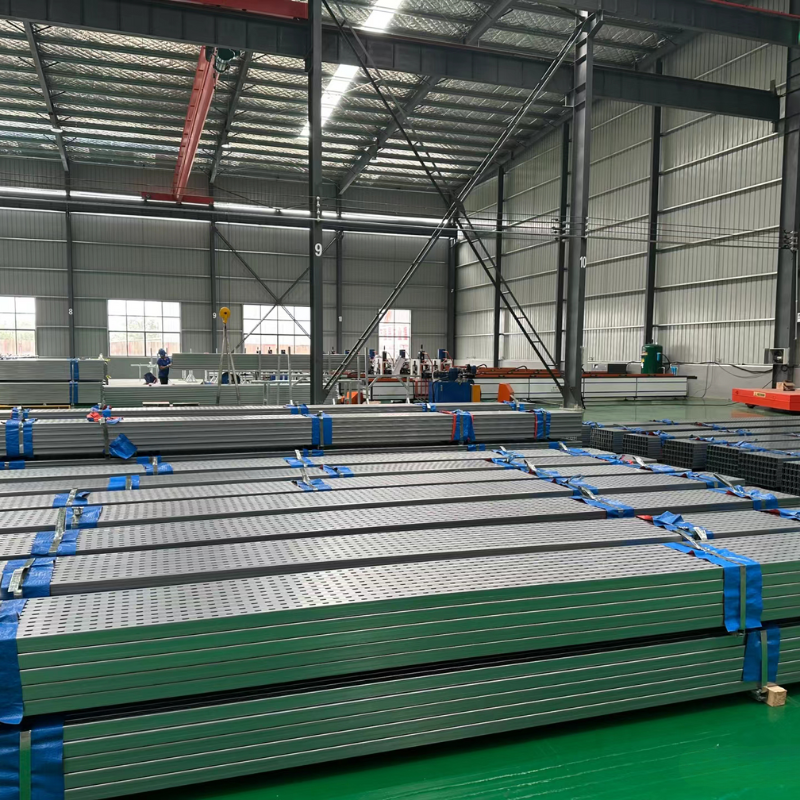Introduction to Solar Roof Mounting Systems and Environmental Impact
The Role of Solar Energy in Modern Sustainability
Solar energy plays a critical role in modern sustainability efforts as a renewable resource instrumental in combating climate change. As a clean and abundant energy source, it provides an effective means to reduce greenhouse gas emissions and curtail dependency on fossil fuels. Solar energy has seen significant global adoption, with solar power installations increasing at a staggering annual rate of 20%. This surge signals a growing recognition of its potential to enhance energy security worldwide. By tapping into solar energy, nations can foster energy independence, lessening their reliance on imported fossil fuels and promoting self-sustaining domestic energy systems. This transition not only mitigates environmental impact but also addresses the pressing need for sustainable energy solutions in the face of climate change.
How Solar Roof Mounting Systems Differ from Traditional Panels
Solar roof mounting systems represent a technological evolution over traditional solar panels, marked by advancements that boost efficiency and aesthetic appeal. Unlike conventional panels that can appear bulky and out of place, modern solar roof systems seamlessly integrate into buildings, enhancing rather than detracting from visual aesthetics. This integration allows for a more harmonious design that appeals to environmentally conscious homeowners and architects alike. Additionally, these systems often boast easier installation and maintenance, offering significant advantages over traditional setups. The streamlined process not only reduces installation time but also ensures long-term reliability with minimal upkeep. Overall, solar roof mounting systems offer a combination of improved performance, attractive design, and practical benefits that make them a compelling choice for renewable energy implementation.
Reduction in Carbon Footprint
Lowering Greenhouse Gas Emissions
Solar energy plays a crucial role in reducing greenhouse gas emissions when compared to conventional energy sources. Renewable energy systems like solar can tremendously decrease carbon footprints, with reports indicating that typical home solar systems tend to mitigate carbon dioxide emissions equivalent to planting several trees annually. According to environmental organizations, such as the Canadian Renewable Energy Association, widespread solar adoption has been linked to significant decreases in emissions. This shift is greatly supported by government incentives that encourage both businesses and homeowners to transition to solar energy. Subsidies, tax breaks, and rebates are common strategies used to make solar systems more accessible and financially feasible.
Mitigating Climate Change Effects
The adoption of solar technology is pivotal in mitigating the effects of climate change. Increased use of solar energy reduces the reliance on fossil fuels, which are a significant source of climate change-driving emissions. Statistics reveal that expanding renewable energy use could result in considerable reductions in expected temperature rises. With numerous climate resilience strategies incorporating solar technology, the forecast for global temperature stabilization is becoming more optimistic. As more regions integrate solar into their climate strategies, projections show a tangible movement towards sustainable energy infrastructures that bolster climate resilience.
Conservation of Natural Resources
Preserving Non-Renewable Fossil Fuels
Solar energy plays a pivotal role in reducing the consumption of non-renewable fossil fuels, thereby extending their availability. Utilizing solar power significantly decreases the reliance on coal, oil, and natural gas, which are finite resources. A decline in fossil fuel consumption not only conserves these precious resources but also supports energy policy objectives aligned with sustainability. With the ongoing rate of fossil fuel extraction, a pressing concern emerges for future generations who may face dwindling energy resources and increased costs. According to the International Energy Agency, proven fossil fuel reserves have a limited lifespan at the current extraction rates, underscoring the urgency to transition towards renewable energy solutions.
Minimizing Water Usage in Energy Production
Solar energy systems are notably more efficient in water usage compared to traditional energy production methods, such as coal and nuclear power plants, which require significant water for cooling. Utilizing solar power in agricultural practices, particularly solar irrigation, highlights substantial water savings, a critical factor in areas susceptible to drought. For context, traditional energy sources can consume thousands of gallons of water to produce just a single megawatt-hour of electricity. In contrast, solar energy requires little to no water, making it an environmentally sustainable choice and essential for water conservation in drought-prone regions.
Sustainable Building Practices with Solar Integration
Eco-Friendly Construction Techniques
Eco-friendly construction techniques are crucial for enhancing the sustainability of building projects. One of the primary approaches involves using materials that reduce environmental impact, such as recycled steel or sustainably sourced wood. Additionally, techniques like passive solar design embrace natural lighting and heating to enhance energy efficiency. A case study highlighting the potential of these techniques is the Bullitt Center in Seattle, which is recognized for its sustainable design featuring solar roof systems alongside green architecture. Innovations in construction, such as prefabricated components, also support renewable energy implementation by reducing waste and energy consumption. These strategies contribute significantly to creating buildings that not only meet aesthetic requirements but also environmental standards.
Integration with Green Building Standards
Solar roof mounting systems play a crucial role in aligning buildings with established green certifications like LEED. To qualify for LEED certification, buildings must meet criteria that encompass energy savings, water efficiency, and emissions reduction, with solar integration serving as a core component. By integrating solar technology, properties not only enhance their eco-friendly status but can also witness increased property values. Recent market analyses show that green-certified buildings tend to have higher market desirability and value appreciation. Solar integration, therefore, not only contributes to environmental sustainability but also supports economic gain, making it an attractive investment in today’s real estate market.
Reduction in Energy Consumption and Grid Demand
Decreasing Grid Dependency and Lowering Energy Waste
Solar energy significantly reduces dependency on the grid, leading to lower energy bills for homeowners and businesses alike. By converting sunlight into electricity, solar panels allow users to generate their own power, minimizing their reliance on traditional grid systems. Statistics highlight that greater adoption of solar energy can reduce energy waste significantly, with some regions reporting a decrease in energy consumption by up to 30%. Innovations in battery storage technology further enable energy independence from the grid. Advanced storage solutions allow accumulated solar energy to be stored for later use, ensuring a continuous power supply even during nighttime or cloudy days. These batteries decrease energy waste and provide a reliable backup during power outages, making solar installations a sustainable choice for the future.
Long-Term Environmental and Economic Benefits
Solar energy systems provide substantial long-term environmental and economic benefits that can reduce landfill waste and increase recycling opportunities. Solar photovoltaic (PV) systems generate renewable energy without emissions, lessening the burden on traditional, wasteful energy systems that often contribute to environmental degradation. As the solar industry evolves, innovations in recycling solar panels and associated components are fostering a circular economy, thus minimizing waste and promoting sustainable practices. For instance, efforts to recover valuable materials from crystalline silicon PV panels demonstrate a shift toward reducing landfill waste and enhancing recycling capabilities.
Moreover, the solar economy is contributing to economic growth across various sectors. The increase in solar PV installations leads to job creation in manufacturing, installation, and maintenance, which boosts economic activity. According to Renewable Market Watch, Romania's solar capacity reached over 1.7 GW by 2022, with projections to expand further, showcasing the positive economic impact of solar energy adoption. Such advancements not only promise environmental benefits but also underscore significant economic opportunities that accompany the ongoing shift towards sustainable energy solutions.
Conclusion: Recap of the Positive Environmental Impact of Solar Roof Mounting Systems.
Solar roof mounting systems offer significant environmental benefits by reducing reliance on non-renewable energy sources and decreasing greenhouse gas emissions. These systems also contribute to sustainable development by integrating solar energy into buildings, thus promoting energy efficiency and reducing carbon footprints. The use of solar energy systems exemplifies a shift toward eco-friendly practices that not only benefit the environment but also foster economic growth by creating jobs in the renewable energy sector.
FAQ
What are solar roof mounting systems?
Solar roof mounting systems are advanced alternatives to traditional solar panels that integrate seamlessly into the building design, enhancing aesthetics and efficiency.
How do solar energy systems help reduce carbon footprints?
Solar energy systems reduce carbon emissions by using renewable energy sources instead of fossil fuels, thereby decreasing greenhouse gas emissions.
Can solar panels reduce water usage in energy production?
Yes, solar panels require little to no water compared to traditional energy production methods, making them an environmentally friendly choice.
What are the economic benefits of solar energy adoption?
Solar energy adoption creates jobs in various sectors, boosts economic activity, and can increase property values through green building certifications like LEED.
Do solar energy systems impact land degradation?
Solar roof mounting systems use existing infrastructure, minimizing the need for additional land, thus reducing habitat loss and land degradation.

